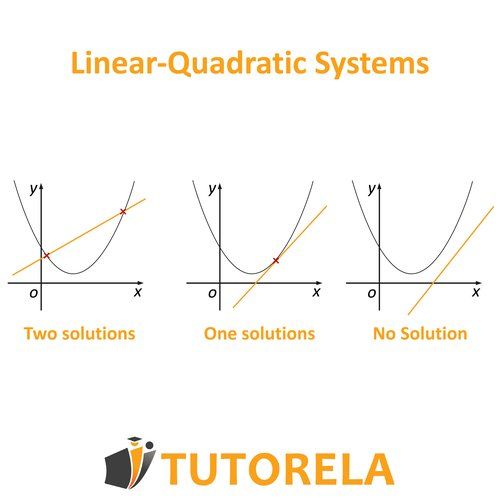To solve the inequality f(x)>0, we first need to find the roots of the equation f(x)=x2−6x+8.
1. Find the roots of the quadratic equation:
The quadratic is x2−6x+8. This can be factored into:
f(x)=(x−2)(x−4)=0.
2. Calculate the roots:
Setting each factor equal to zero gives the roots x=2 and x=4.
3. Determine the intervals defined by these roots:
The roots divide the x-axis into three intervals: (−∞,2), (2,4), and (4,∞).
4. Test points in each interval to decide positivity:
- For x<2, select x=1: f(1)=12−6(1)+8=3>0. Thus, f(x)>0 in (−∞,2).
- For 2<x<4, select x=3: f(3)=32−6(3)+8=−1<0. Thus, f(x)<0 in (2,4).
- For x>4, select x=5: f(5)=52−6(5)+8=3>0. Thus, f(x)>0 in (4,∞).
Therefore, the solution to f(x)>0 is when x<2 or x>4.
The final solution is: x<2,4<x.
Answer:
x<2,4<x
